Unearthing communist crimes
The burial places of many victims of the communist regime had been, for dozens of years, unknown.

Steliu Lambru, 05.12.2016, 13:39
The burial places of many victims of the communist regime had been, for dozens of years, unknown. But as the communist regime collapsed in 1989, the Romanian society initiated a series of actions in a bid to find the victims of communism, buried in unknown or God-forsaken places.
Historian Marius Oprea is the one who in 2006 set up and ran the Institute for the Investigation of Communist Crimes. Oprea and his team initiated forensic archaeology campaigns, with 4 or 5 such campaigns being run each year. Ten years on, we talked with historian Marius Oprea about the outcome of the campaigns ran by his institute. Marius Oprea authored several volumes on the Securitate, one of the communist regime’s retaliatory instruments. One of his volumes was turned into a documentary film, entitled Four Ways to Die.
With details on his fieldwork, here is historian Marius Oprea: “In the early 1950s during our searches across the country, we fond many places where people had been shot dead and then buried by the Secret Police, with the place not being marked in any way. Apart from that, we also made searches in detention places, namely in Aiud, Periprava and Targu Ocna. Next year we will also expand our fieldwork to concentration camps in Balta Brailei, in Salcia, Frecatei and Agaua, where we found several mass graves. We will analyze the bones of the people buried there. It is a difficult job as we start off from documents and testimonials and then find something else on the field, 50-60 years after those crimes had been perpetrated. We often find it hard and sometimes impossible to spot the places where the people killed had been buried, because constructions were erected over them, just as it happened with the people killed in Cluj, at the Securitate headquarters. In other cases, such sites have simply vanished from people’s memory. We haven’t always found out where the mass graves were, but our success rate is over 60%, which is relevant for what we do.”
We asked Marius Oprea how many victims have been unearthed so far: “We haven’t worked out their exact number, but I can say we found 50 of the people executed for having put up armed resistance against the communist regime. We found 70 other people shot in penitentiaries. We don’t know their exact numbers as in many cases the bones got mixed up. We don’t know for sure if all the bones we found, like those we found in Sighet, belong to former political prisoners. This remains to be established by forensic investigation. As soon as we discover skeletons of people killed by Securitate, for whom we have documents and whose identity is known to us, we call criminal investigators. We’ve had an excellent collaboration so far, although there were gaps in our work together, mostly in the early days of our work, when criminal investigators didn’t quite get what exactly we did. For them, such cases had for long been classified, being rated as sheer manslaughter cases. But we did not give in and insisted that such cases should not be rated as simple manslaughter cases but as crimes against humanity. And that’s how in the long run, the ruling of sentences was possible, for Ion Ficior and Alexandru Visinescu. I only hope that the punishing of those guilty of crimes against humanity during the communist regime will continue. We gather direct material evidence, that is the bones of the people who were killed.”
Executions were carried out by shooting, which was the standard procedure at the time. Marius Oprea gave us details about their staging: “There were several types of execution, most of them disguised as standard procedure for attempted escape from secure escort. This means that the detainees were taken out of the Securitate facilities for so-called reenactments. In reality they were taken off the van and shot by machine-gun. Some of them would even get an extra bullet in the head. Others were just shot from behind, such as a 74 year old, semi-paralyzed man, who was shot like that after he was taken out ‘for a stroll’. His ‘guilt’ was that he had given grapes to some partisans. We also found some of those people’s bones, and in their stomachs there were grape seeds, as the grapes the old man had given them was their last meal.”
Behind every skeleton there is a story, and the documentary called “Four Ways to Die” tells stories about the life and death of four people whose only guilt was to have stood against communism. Marius Oprea: “It was one of the Securitate practices to instate fear through various means of excessive violence. People from the victims’ villages would learn about the latter being killed and thus their resistance to collectivization was broken. I estimated that some 10,000 people fell victim to such executions, including people sentenced for various felonies, but in the case of whom the Securitate decided the sentences had been too mild. Under the pretense of carrying the inmates from one penitentiary to another, the Securitate was simply killing them. 16 detainees transferred from Constanta to Timisoara, for instance, were killed on the road, somewhere near Lugoj. We also found 5 detainees transferred from Gherla to Timisoara for a so-called additional investigation, in which they never took part. Only their coats came back to Gherla, and we found the minutes validating the return of those items.”
Marius Oprea believes that a national programme would be a necessary last homage paid by Romanian society to the fighters for freedom who were killed in the field and buried without a cross.






























